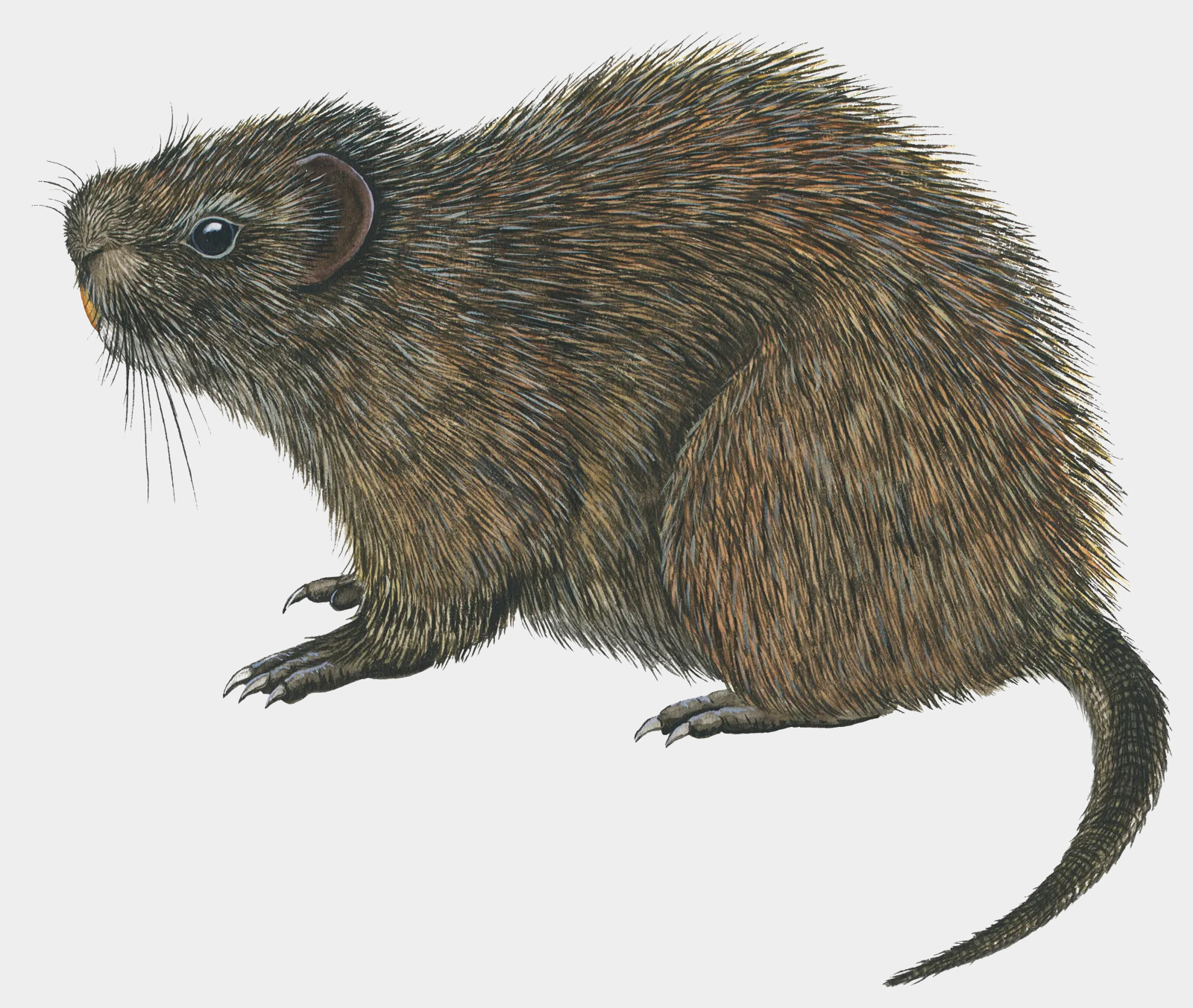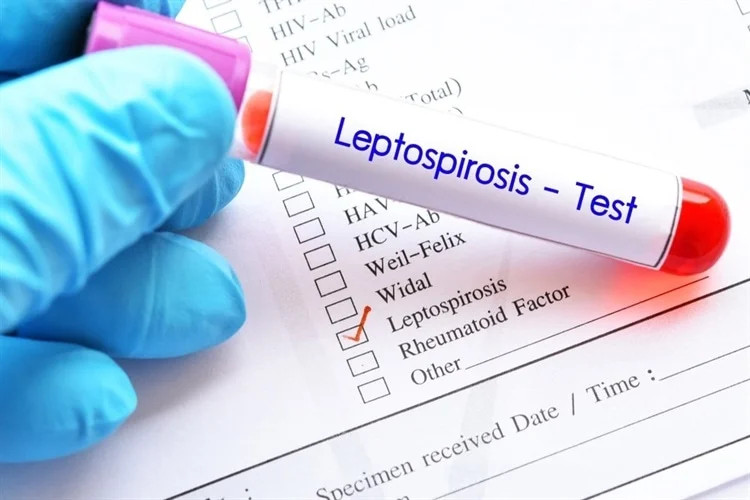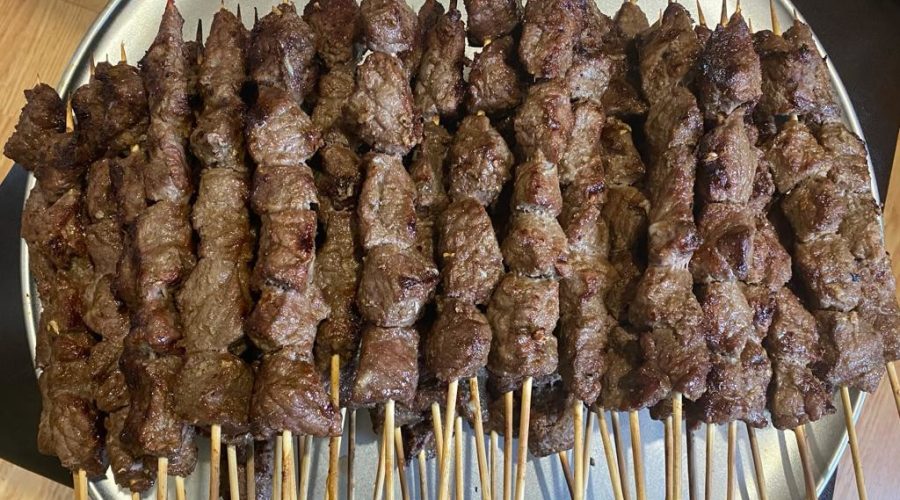Phylogeography is a field that combines principles of evolutionary biology, population genetics, and biogeography to understand the historical processes that have shaped the current geographic distribution of species, existing genetic diversity and their adaptations. Normally, phylogeographic patterns are the observable trends and structures in the genetic variation of populations across geographical space.
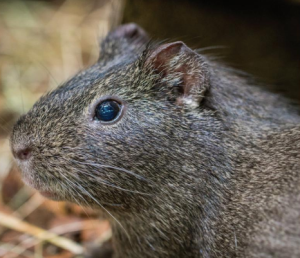 The African Greater Cane Rat (Thryonomys swinderianus), in Swahili famously known as “Ndezi” is a rodent species native to sub-Saharan Africa. However, currently, the species has a wide distribution across various regions of the continent, from Eastern Africa, Central Africa, West Africa, and South Africa. This distribution could be influenced by factors such as habitat availability, vegetation types, and human activities.
The African Greater Cane Rat (Thryonomys swinderianus), in Swahili famously known as “Ndezi” is a rodent species native to sub-Saharan Africa. However, currently, the species has a wide distribution across various regions of the continent, from Eastern Africa, Central Africa, West Africa, and South Africa. This distribution could be influenced by factors such as habitat availability, vegetation types, and human activities.
The adaptability of the African Greater Cane Rat to different environments has contributed to its presence across a wide range of African landscapes. It’s a versatile species that can adapt to different environments, contributing to its relatively widespread distribution across the African continent. These phylogeographical distributions can lead to higher genetic differentiation and adaptation of the species.
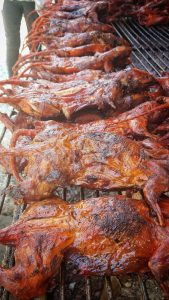 African Greater Cane Rats are known for their large sizes and distinctive physical features, such as their long ears and robust bodies. The Greater cane rat is considered an important source of protein in some regions. They are often hunted for their meat and fur and are also used in traditional medicine in some cultures. In some African countries, cane rats’ body parts such as the pancreas and hairs are used in traditional medicine for healing wounds, restoring fertility in women, and diabetes treatment. In some regions, they are also kept in captivity for commercial purposes, particularly in the pet trade and for meat production.
African Greater Cane Rats are known for their large sizes and distinctive physical features, such as their long ears and robust bodies. The Greater cane rat is considered an important source of protein in some regions. They are often hunted for their meat and fur and are also used in traditional medicine in some cultures. In some African countries, cane rats’ body parts such as the pancreas and hairs are used in traditional medicine for healing wounds, restoring fertility in women, and diabetes treatment. In some regions, they are also kept in captivity for commercial purposes, particularly in the pet trade and for meat production.
Researchers from the Department of Animal, Aquaculture and Range Sciences (SUA), Department of Wildlife Management (SUA), Africa. Centre of Excellence for Innovative Rodent Pest Management and Biosensor Technology Development from the Institute of Pest Management (SUA), and the Department of Zoology and Wildlife Conservation from the University of Dar es Salaam, conducted a research study on the genetic differentiation of Greater Cane Rat resulted from long-time geographical isolation, environmental and anthropogenic pressure they face in each region.
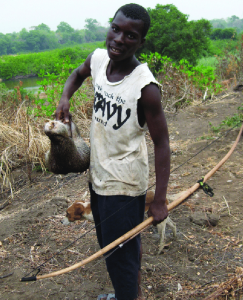 Not having the information about the phylogeographic pattern, can limit our ability to understand potential speciation processes in the African Greater Cane Rat and their implications for their conservation and of other small wild mammals exposed to similar ecological conditions in the savannah biomes in Africa.
Not having the information about the phylogeographic pattern, can limit our ability to understand potential speciation processes in the African Greater Cane Rat and their implications for their conservation and of other small wild mammals exposed to similar ecological conditions in the savannah biomes in Africa.
The mitochondrial genes targeting the D-loop region of African Greater Cane Rat were analyzed from two blocks of the Eastern Arc Mountains in Tanzania (eastern), three agro-ecological zones in Ghana (western), and four sites in South Africa (southern) to characterize the phylogeographical patterns of the species.
African Greater Cane Rat populations from Tanzania revealed higher haplotype diversity than those from the two other regions of western and southern Africa. Analysis of variance (AMOVA) revealed higher genetic variations within than between populations in all geographic regions. Demographic history analysis revealed a negative and significant Tajima’s D for a single southern African population as well as close relatedness with the Eastern African populations, suggesting a common ancestral origin.
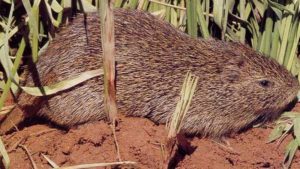
This is the first study to compare maternal lineages of African Greater Cane Rat populations from eastern, western, and southern Africa, providing a basis for future genetic studies of the species, its evolutionary ecology, and the conservation of these populations across their range.
In conservation implications, the study has revealed strong genetic differentiation among eastern, western, and southern African AGC populations and a unique maternal origin of each region. The high genetic diversity and the negative and significant Fus Fs values in some of the AGC populations from the three geographical regions, and the ragged mismatch distributions suggest a healthy population status, concurring with the current IUCN status of least concern for this species.
However, the phylogenetic tree and median-joining network revealed that there were no shared haplotypes among these three regions. This suggests that these populations need to be conserved since any potential threat leading to the loss of haplotypes in any of the regions could result in the disappearance of such haplotypes across Africa.
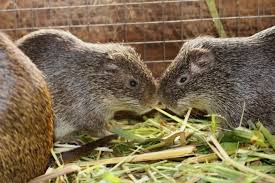
Furthermore, the distinct haplotypes observed in each region suggest that the populations can be managed as meta-populations, thus providing opportunities for potential local game-farming programs.
For more information:
Kilwanila SI, Lyimo CM, Rija AA, Makundi RH. (2023). Phylogeographic Patterns of the Greater Cane Rat (Thryonomys Swinderianus) Populations from Eastern, Western and Southern Africa, and Implications for Wildlife Conservation. Tropical Conservation Science. 2023;16. doi:10.1177/19400829231220287
Other information;
Kilwanila, S.I.; Lyimo, C.M.; Makundi, R.H. and Rija, A.A. (2023). Isolating Greater Cane Rat Populations (Thryonomys swinderianus) from Eastern Arc Mountains, Tanzania: Linking Diversity to Morphometric and Molecular Characteristics. Diversity, Vol. 15(5), 626. MDPI (Phylogeny and Evolution), https://doi.org/10.3390/d15050626
Happy New Year – 2024
The Department of Animal, Aquaculture, and Range Sciences
The College of Agriculture, Sokoine University of Agriculture
Share this page

